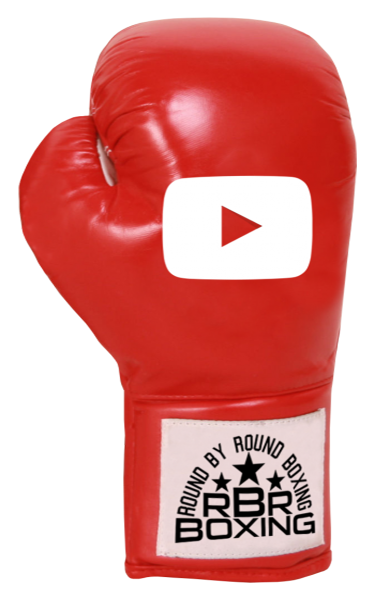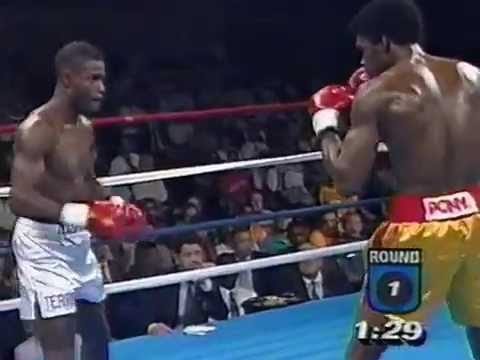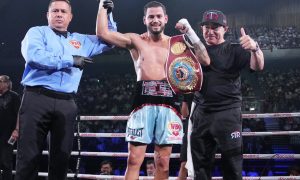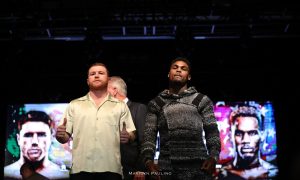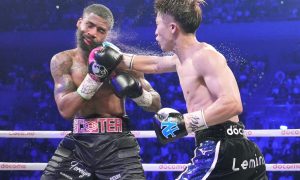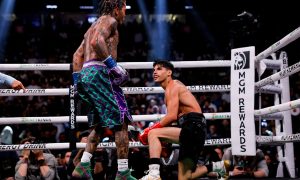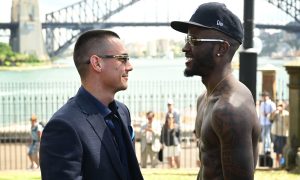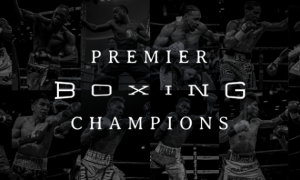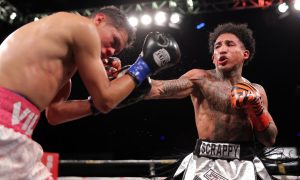“Terry Norris has showed that he can fight a disciplined fight plan and keep to that fight plan over the full 12 rounds. He’ll need to continue to do that in this fight.”
Alex Wallau, partnering to call the afternoon’s action with Dan Dierdorf, would soon prove to be prophetic.
The year had begun with former Vice President George H.W. Bush being inaugurated as the 41st President of the United States. The official oath of office was taken on January 20 and marked the first time a sitting Vice President was elected to the Oval Office since Martin Van Buren over 150 years before.
Two days later on January 22, the San Francisco 49ers defeated the Cincinnati Bengals in thrilling fashion to win Super Bowl XXIII in the game’s final seconds.
Second installments ruled the day as moviegoers flocked to see the latest releases of Back to the Future, Ghostbusters, Indiana Jones and Lethal Weapon.
The year was 1989.
Just one week after Mike Tyson had knocked out Carl Williams in 93 seconds, rendering his own version of “A Midsummer Night’s Dream,” the Convention Center in Atlantic City would again play host to a championship showdown.
On July 30, Terry Norris would challenge for a world title as he would face the WBA Super Welterweight titlist, Julian Jackson.
Fight fans packed the Convention Center on a warm Sunday afternoon in Atlantic City. Among those seated at ringside and fresh off his 93-second victory just nine days before included the undisputed Heavyweight king himself, Tyson.
Both fighters, who weighed in just under the 154 pound limit, looked to be in sensational shape.
At 28 and regarded as a legitimate knockout artist, Jackson (37-1, 35 KOs) was making the third defense of his crown. He had only one loss on his record, against Mike McCallum, and was viewed as the more experienced fighter who had fought a better class of competition.
Despite his youth at just 22 years old, Norris (25-2, 12 KOs) was being hailed as a dangerous up-and-coming fighter who possessed lightening quick hand speed with respectable power.
The bout aired live on ABC Wide World of Sports with Dierdorf and Wallau eager to call the action.
After ring announcer Michael Buffer introduced the fighters, referee Joe Cortez provided the last moment instructions.
Round 1 quickly got underway and began at a fast pace. Norris, outfitted in white with purple trim, was on his toes and smoothly gliding around the ring.
His early movement created opportunities to fire quick combinations at the champion.
Jackson, wearing gold trimmed in red, was fighting to keep his title as much as he was fighting for broader recognition. His game plan against Norris was to start quick and work the body.
Although he owned a one-inch height and four-inch reach advantage over Norris, his early desire to attack was stymied by the challenger’s quickness and movement.
Both fighters took turns countering each another and then began to take turns pursuing one another. The ebb and flow of the early action was pulse quickening.
With three minutes now complete, Norris had won the first round on all three of the judges’ scorecards. The Norris camp, which included his brother and father, stressed to Norris they wanted him to continue to box and take the fight into the later rounds.
Round 2 began as a carbon copy of the first. The Norris movement and quickness continued to bother Jackson. The champion then began to shift gears and turn up the heat. He was coming forward and trying to pressure his young challenger with controlled aggression.
As the second round approached the halfway point, Norris, still bouncing on his toes, momentarily found himself with his back against the ropes. In a split second, Norris moved left as Jackson uncorked a powerhouse right hand.
That right hand landed flush on Norris’ jaw and the sound of its impact reverberated through Convention Hall.
The crowd moaned as Norris crumpled helplessly forward and then onto the canvas. Dierdorf howled, “Whoaa! And that right! And Terry Norris is gone!”
Norris, clearly wounded, struggled to get up and made it to his feet at the count of nine. Cortez looked into his eyes, now as glazed as he was dazed, and immediately called a halt to the action.
As Jackson raced across the ring and leaped into the air, Dierdorf continued, “That’s it! Joe Cortez stops the fight! And Julian Jackson, after struggling through the first round, unleashes a bomb in round number two!”
In abrupt fashion, Jackson brought the bout to an end by way of a TKO at 1:33 in Round 2.
The ringside crowd continued to groan as replays were shown inside Convention Hall. As viewers at home watched the same replays, Wallau pointed to the Norris mistake, “Watch the Norris left, just dropped it a little bit, and Terry Norris was gone.”
Indeed, Norris had dropped his left hand just enough for Jackson to drop a picture perfect, perfectly timed sledgehammer right hand.
For Jackson, he would continue to demolish opponents and rack up the knockouts. He would, however, soon be haunted by a new nemesis, Gerald McClellan. The two would meet in 1993 and 1994. Jackson would lose both bouts by knockout.
For Norris, he would circle the proverbial wagons after the defeat to Jackson. He would reel off 15-straight victories earning wins over some of the bigger names in the sport that included Donald Curry and Sugar Ray Leonard.
He won the WBC 154 pound title by blowing away John “The Beast” Mugabi inside of one round.
Although a rematch would have been attractive, the two would not meet each other in the ring again.



